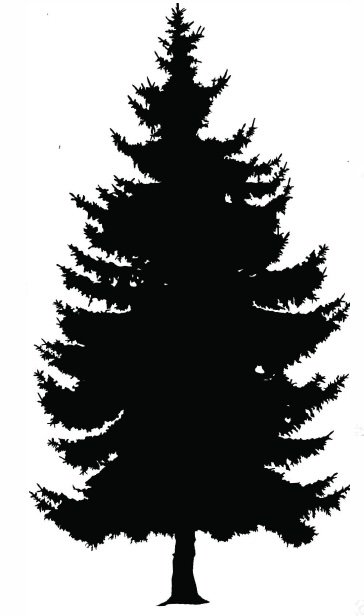The state of the forest in canada
Seeing through the spin

Photo: River Jordan
2024 Report
This report challenges the official government account issued by Natural Resources Canada (NRCan) each year of how forests in Canada are faring—The State of Canada’s Forests Annual Report. Drawing upon scientific evidence, data, and metrics, this report deconstructs the government’s overly positive portrayal of the Canadian forestry sector. It introduces the basic factors Canada omits from these annual reports to arrive at its self-congratulatory conclusions, presenting evidence that the actual state of the forests is far more complex and worrisome, and the logging industry far less sustainable, than the government claims.
“The federal government is risking the well-being of future generations by failing to accurately report on the degradation of forests in Canada. How can we protect biodiversity, mitigate climate change, and ensure the future of forest-dependent communities without accurate information?"
— Michael Polanyi, Nature Canada
“We call on Canada to meet the moment and provide the information necessary to decision making that ensures the protection of forests and the rights of Indigenous peoples, now and for future generations.”
— Katie Krelove, Wilderness Committee
“We depend on forests for so much–-to fight the climate and biodiversity crises and as an economic pillar for many northern communities. It’s essential that we have transparent reporting about the state that our forests are in today in order to make sound decisions for tomorrow. We’re calling on the federal government to meet this challenge and not shy away from letting people across Canada know where forest management is failing us, in addition to success stories.”
-Dr. Julee Boan, NRDC (Natural Resources Defense Council)
Policy Recommendations
Transparent. Comprehensive. Balanced.
The cumulative impact of logging to date, not just annual rates;
Rates of degradation, including the loss of primary and old-growth forest;
A comprehensive accounting of how much land has been removed from the growing landbase due to logging infrastructure impacts;
The relative proportion of timber volumes that go into short-lived products, such as pulp, paper, and biomass;
Carbon emissions attributable to industrial logging;
The ecosystem impacts of glyphosate spraying, and how many hectares of forest have been sprayed in the past year;
The performance of Canadian governments at all levels on commitments made under the UN Declaration on the Rights of Indigenous Peoples, as relevant to the context of forests and resource development, as well as where the forest industry has come into conflict with Indigenous Peoples’ assertion of their rights and title and its response.
To improve credibility and relevance, future Annual Forests Reports must report on:
.


